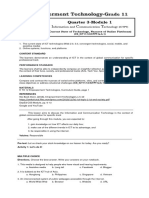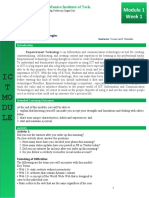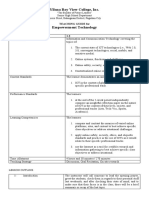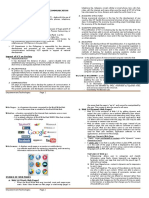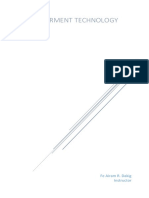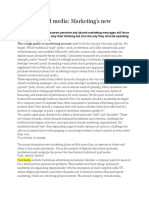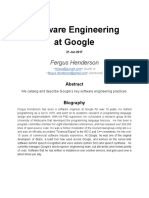0% found this document useful (0 votes)
11 views15 pagesInstaTech Module 1
The document outlines a curriculum for Empowerment Technologies aimed at equipping students with essential skills for the Digital Technology Age, covering topics like ICT, online safety, and social change campaigns. It emphasizes the importance of Information and Communication Technology (ICT) in various societal aspects and introduces concepts such as Web 2.0 and Web 3.0. The curriculum includes practical activities and assessments to foster understanding and application of these technologies in real-life scenarios.
Uploaded by
barbietotisanoCopyright
© © All Rights Reserved
We take content rights seriously. If you suspect this is your content, claim it here.
Available Formats
Download as DOCX, PDF, TXT or read online on Scribd
0% found this document useful (0 votes)
11 views15 pagesInstaTech Module 1
The document outlines a curriculum for Empowerment Technologies aimed at equipping students with essential skills for the Digital Technology Age, covering topics like ICT, online safety, and social change campaigns. It emphasizes the importance of Information and Communication Technology (ICT) in various societal aspects and introduces concepts such as Web 2.0 and Web 3.0. The curriculum includes practical activities and assessments to foster understanding and application of these technologies in real-life scenarios.
Uploaded by
barbietotisanoCopyright
© © All Rights Reserved
We take content rights seriously. If you suspect this is your content, claim it here.
Available Formats
Download as DOCX, PDF, TXT or read online on Scribd
/ 15

















